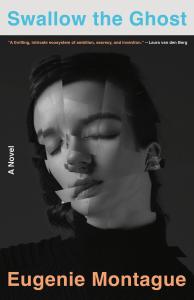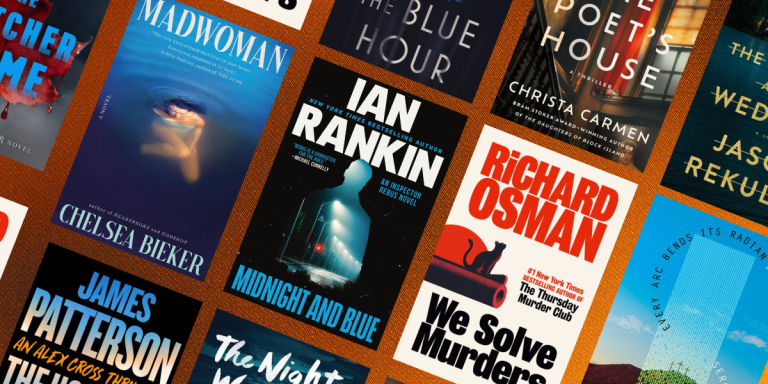Swallow the Ghost: The Distinction Between Connection and Investigation

For many years, my friends and I have debated whether, in the evolution of human history, the internet—and social media in particular—is a difference in degree or a difference in kind. To put my cards on the table, I think I come out on the degree side—but when the n in nth degree gets high enough, maybe this distinction becomes slightly meaningless. As a lifelong fan of detective fiction, a person predisposed to approach the world—the people in it, the meaning of it—as a mystery, my first association with the internet is detection, investigation. This includes social media, a category where other people’s first association might (at least in an ideal world) be community or connection. The distinction between connection and investigation, though, also tends to blur for me, because connection implies that people see each other, and seeing implies understanding. These are themes I explore in my novel, Swallow the Ghost, which follows Jane Murphy, who works in social media marketing. She creates a viral internet mystery to promote an up-and-coming new author, but the violence refuses to stay virtual.
I am old enough that social media was not always there—but before I got lost on people’s Facebook pages and Twitter feeds, I was the kind of person who eavesdropped on strangers’ conversations on the train; who could people watch for hours; who wondered about the whole invisible life of the person sitting next to me in the movie theatre. And I was always a reader, which is the proto-detective in a way; the novel, with its capacious interiority, is a place I go again and again to better understand the world and the people in it.
Of course, we know that when we go to social media accounts, we might not be seeing the real person; we might be seeing only pieces or a projection (theirs or ours) or a persona designed entirely for commercial purposes. But this, too, I think of as a difference in degree; we only ever saw what people showed us, what they wanted to show us, and what they can’t help but show us.
A paradox I think about often is that the secret and scary parts of the self a person might try to keep hidden are usually more apparent to others than we would like to think—and yet, people remain at some level unknowable.
We can never quite get in another person’s body, head, or life. Still this fact of the human condition does not stop me from trying, either IRL on the internet. This is why I come out on the degree side: there might be more links, more pictures, more videos; people might put more of themselves out there in a way that is visible to others; we might—if we were on Twitter—encounter the phrase “we should know less about each other” multiple times a day in response to this or that post, but sometimes I’m not sure how much more we do know. We are still trying to understand people based on what they say and do, and it’s both never enough and all we have.
Discover the Book
But then, tragedy strikes, and the story changes track. As the perspective shifts, so too does our image of Jane and those in her orbit as what we think we know begins to unravel.
Audacious, emotionally precise and head-spinning in its ingenuity, Swallow the Ghost interrogates our public identities and private realities through the kaleidoscopic portrait of one woman’s life.
By clicking 'Sign Up,' I acknowledge that I have read and agree to Hachette Book Group’s Privacy Policy and Terms of Use



